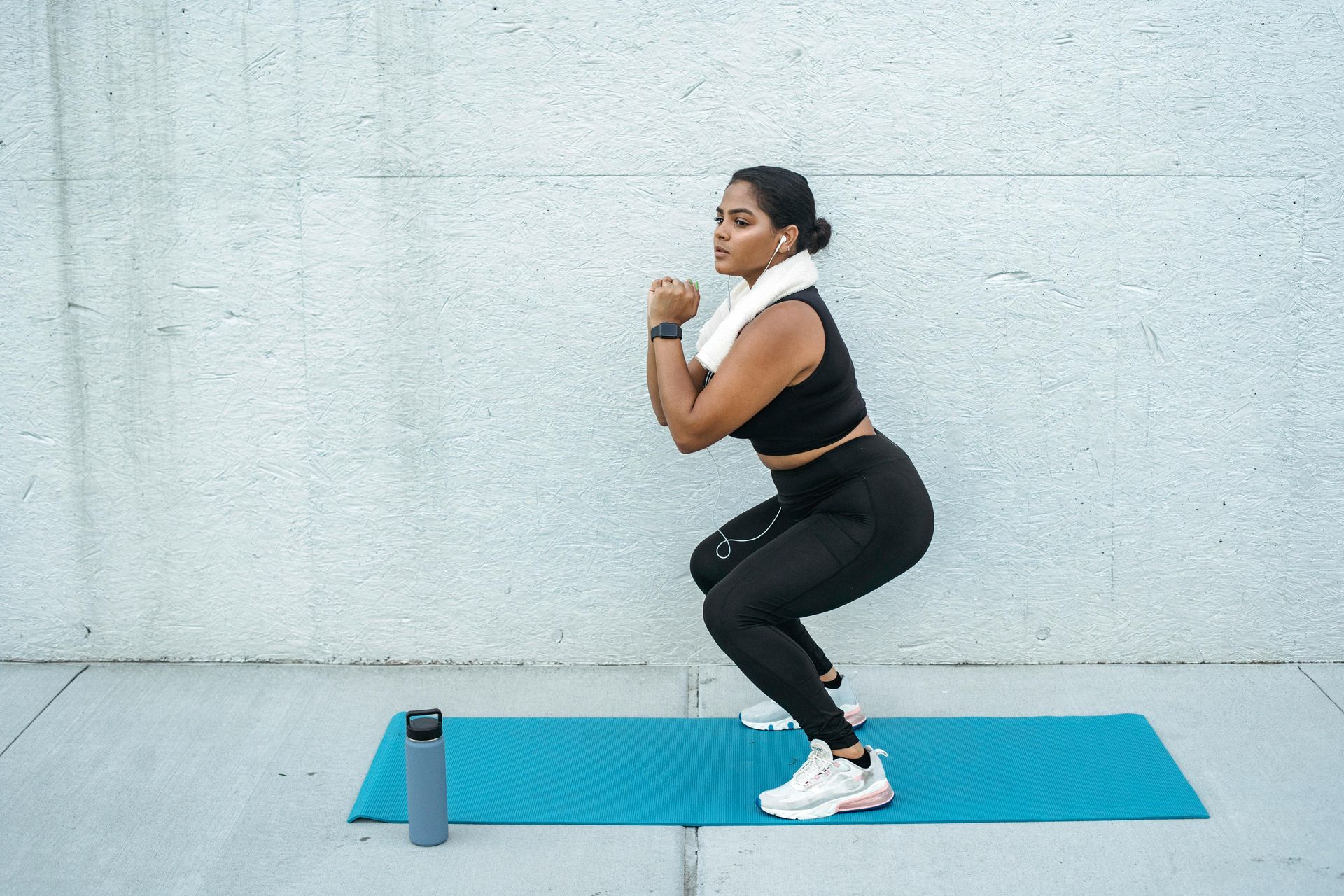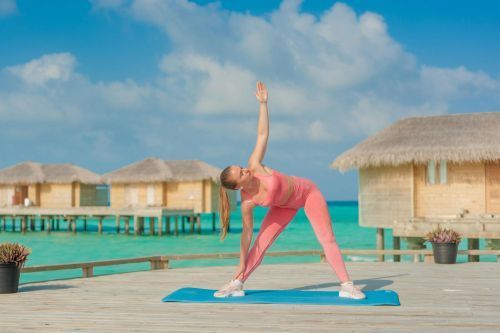How to Perfect Your Squat Technique: A Comprehensive Guide
How to Perfect Your Squat Technique: A Comprehensive Guide

The squat is a foundational exercise that enhances strength, power, and overall fitness.
When performed correctly, it can improve athletic performance, enhance daily functional movements, and reduce injury risk. However, perfecting your squat technique is crucial to reap these benefits and avoid unnecessary strain.
Here’s a step-by-step guide to mastering your squat technique.
1. Understand the Basic Squat
The squat is a compound movement that targets multiple muscle groups, including the quadriceps, hamstrings, glutes, and core. At its core, a squat involves bending at the knees and hips while keeping your torso upright and maintaining balance.
2. Start with Proper Foot Placement
Begin by standing with your feet shoulder-width apart. Your toes should point slightly outward, typically at a 15-30 degree angle. This stance allows for better hip mobility and balance during the movement. Ensure your weight is distributed evenly across your feet, with a slight emphasis on the heels.
3. Master the Hip Hinge
Before you start squatting, practice the hip hinge movement. Stand with your feet shoulder-width apart, and push your hips back as if you're trying to close a car door with your hips. Your knees should bend slightly, but most of the movement should come from your hips. This action helps you engage your posterior chain (glutes and hamstrings) and sets the foundation for a proper squat.
4. Engage Your Core
Engaging your core is essential for stability during the squat. Tighten your abdominal muscles and brace your core as if you’re preparing to be punched in the stomach. This engagement helps maintain a neutral spine and prevents excessive forward lean.
5. Initiate the Squat
Begin the squat by pushing your hips back and bending your knees simultaneously. Keep your chest up and your back straight. As you lower yourself, ensure your knees track over your toes and do not cave inward. Your weight should remain balanced over your midfoot.
6. Depth and Range of Motion
Aim to squat until your thighs are parallel to the ground or slightly below, if your flexibility allows. This depth ensures maximum activation of your leg muscles and improves overall mobility. Avoid squatting too low if it causes discomfort or compromises your form.
7. Keep Your Chest Up
Maintaining an upright torso is crucial to prevent forward lean and reduce the risk of lower back strain. Focus on keeping your chest up and your shoulder blades retracted. This position helps distribute the load evenly across your spine and enhances overall stability.
8. Drive Through Your Heels
As you rise from the squat, focus on driving through your heels rather than your toes. This action activates your glutes and hamstrings more effectively and maintains balance. Keep your knees in line with your toes and avoid letting them collapse inward.
9. Practice Proper Breathing
Breathing correctly during squats helps maintain core stability and reduces the risk of injury. Inhale deeply as you lower into the squat, filling your diaphragm and expanding your ribcage. Exhale forcefully as you push through your heels and return to the starting position.
10. Incorporate Mobility Work
Mobility is crucial for an effective squat. Regularly perform stretching and mobility exercises for your hips, ankles, and thoracic spine. Exercises like hip flexor stretches, ankle dorsiflexion drills, and thoracic extensions can enhance your squat technique and range of motion.
11. Use Proper Equipment
When squatting, proper footwear is important. Choose shoes with a flat, stable sole to provide adequate support. For heavier squats, consider using a weightlifting belt to provide additional core support. Ensure that any equipment you use is properly adjusted to fit your body.
12. Seek Feedback
To perfect your squat technique, consider recording yourself or working with a qualified trainer. Video feedback can help identify areas for improvement and ensure you’re maintaining proper form throughout the movement.
Conclusion
Perfecting your squat technique takes time and practice, but the benefits are well worth the effort. By focusing on proper foot placement, engaging your core, and practicing mobility, you can enhance your squat performance and reduce the risk of injury. Incorporate these tips into your training routine and enjoy the numerous benefits of a well-executed squat.







